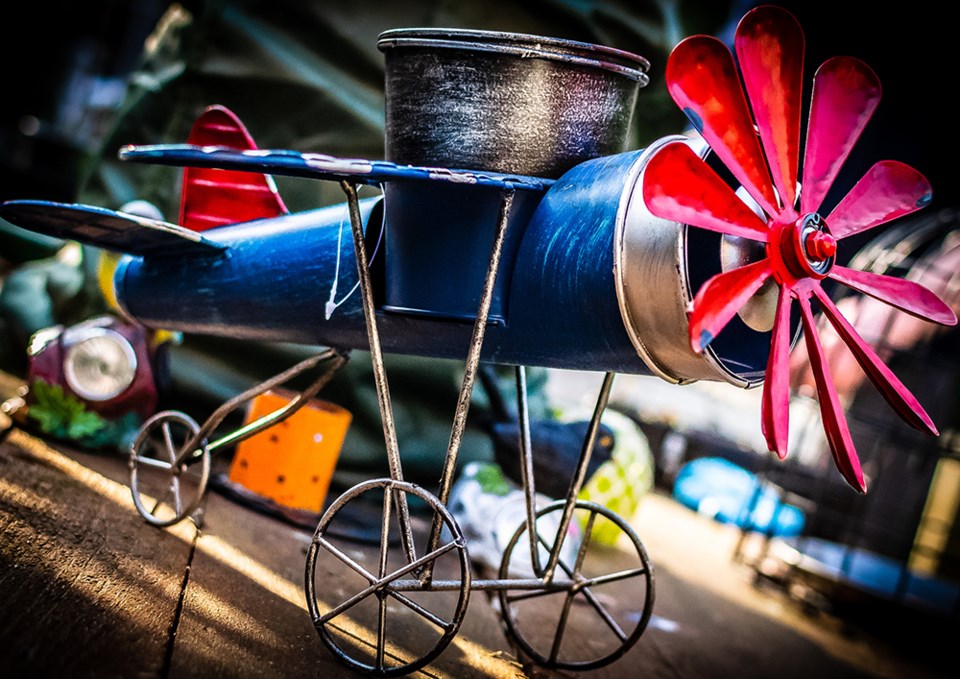When our creative juices are flowing, thinking about the toxicity or recyclability of art supplies may be the last thing on our mind.
Artistic expression is a powerful way to communicate, and we are feeling a lot these days, aren’t we? How can we best share our voice through art while also acknowledging its potential impact on the planet’s wellness?
Some of the most moving art actually takes what would otherwise be waste and incorporates it into a new life cycle.
Oddly, inspiration often comes from the purest of places: a walk in nature, a conversation with a loved one, or while listening to an inspiring speech. Finding ways to fully honour the natural world and the heart of humanity that moves us invites even more creativity – something artists are great at, thankfully.
Maybe this is a time to rethink our art habits and find more earth-friendly mediums. Using materials found in nature is a wonderful place to begin greening our creations.
Driftwood, fallen leaves, vines, shells, wave-sculpted rocks, animal pelts, sustainably harvested bark and found feathers are all works of art on their own. When collected with permission and used with respect they can find new expression as a dream catcher, drum, table centre, piece of jewellery, mobile and so much more.
Consider using sap, natural fibre twine and screws that can be removed when putting these elements together. By doing this, our art can one day become part of nature again.
Raiding a recycling box can be useful, too, especially for children’s art projects. Plastic egg cartons can be used for painting or storage for tiny art supplies. Old pieces of paper and cardboard are great for making signs and as informal canvases. Old magazines and flyers are perfect for making art collages or a vision board used as a visual representation for our intentions and dreams.
When paint and glue are involved, things, well, get stickier. Ditch the plastic glitter and aim for paints with low toxicity, not just for your little ones, but for the other creatures inevitably exposed to anything we flush down our drains. Wastewater treatment plants are generally unable to filter out such materials and, in fact, there are no requirements currently requiring them to do so.
Natural dyes are making a comeback and there are local dye masters in most communities. Get to know one or peruse the internet to learn how to make your fabric and textile dyes out of mushrooms, vegetables, roots and flowers. The results are compelling and the feel good vibes are hard to ignore.
If you must use paints regularly, do your diligence in finding the most earth-friendly sources, including considerations about how they are extracted, what chemicals are involved, what packaging they come in and how excesses are best disposed of.
Colouring books have become a modern day adult stress reducer during these times of increased anxiety and uncertainty. Refillable pens are out there and where they are not, there is a free recycling program available through TerraCycle’s writing instruments recycling program. Find out if you can start up a collection of these in your art studio or school. All qathet Regional District recycling depots accept these items for recycling.
The world needs more artists, not less. When you are moved to express through art that takes a physical form, consider how you might do this with the least impact on the earth.
Let’s Talk Trash is qathet Regional District’s waste reduction education program. For more information, email [email protected].




